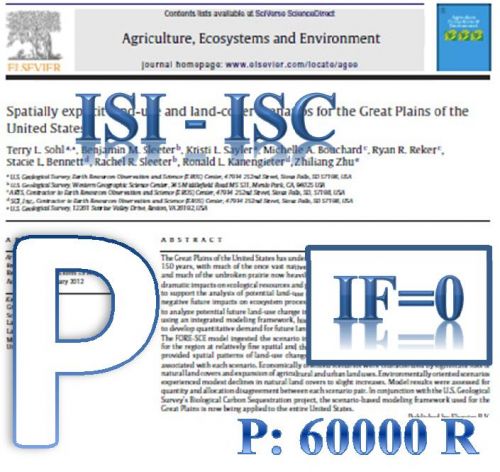The antibacterial effects of wild and cultivated Allium hirtifolium Boiss on Pseudomonas aeruginosa and Enterococcus faecalis and antibiotic resistance patterns of the strains using disk diffusion
نویسندگان : Elahe Aleebrahim-Dehkordy Mahmoud Rafieian- Kopaei Abdollah Ghasemi-Pirbalouti Mahmoud Bahmani
The widespread use of antibiotics has recently led to increased drug resistance in most bacteria. The studies on antimicrobial properties of plant species, especially endemic plants, can help to use nature-based drugs, with greater efficacy, to control and treat bacterial infections.This study was conducted to investigate and compare the antimicrobial effects of wild and cultivated Allium hirtifolium Boiss on Pseudomonas aeruginosa and Enterococcus faecalis, and to determine the antibiotic patterns of the strains. Extraction was done by maceration and minimum inhibitory concentration (MIC) tested by Broth Microdilution.To determine minimum inhibitory concentration, the wells without opacity were cultured separately on Mueller-Hinton agar. As well, the antibiotic susceptibility of the isolated strains was investigated by Kirby-Bauer disk diffusion susceptibility test with reference to amikacin, gentamicin, vancomycin, and penicillin. The findings demonstrated that the lowest MIC and the highest MBC were obtained for cultivated A. hirtifolium leaf extract on E. faecalis and P. aeruginosa, respectively. Moreover, E. faecalis was found to have the highest antibiotic resistance to penicillin with a 12-mm inhibition zone diameter.
کلید واژگان :Pseudomonas aeruginosa, Enterococcus faecalis, Allium hirtifolium Boiss, Antibiotic resistance pattern
ارزش ریالی : 1200000 ریال
با پرداخت الکترونیک
جزئیات مقاله
- کد شناسه : 2148259909959761
- سال انتشار : 2016
- نوع مقاله : پذیرفته شده در مجلات Scopus ,ISI, با IF=0
- زبان : انگلیسی
- محل پذیرش : Journal of Chemical and Pharmaceutical Sciences
- برگزار کنندگان :
- ISSN : 0974-2115
- تاریخ ثبت : 1395/10/04 20:34:59
- ثبت کننده : الهه آل ابراهیم دهکردی
- تعداد بازدید : 275
- تعداد فروش : 0
